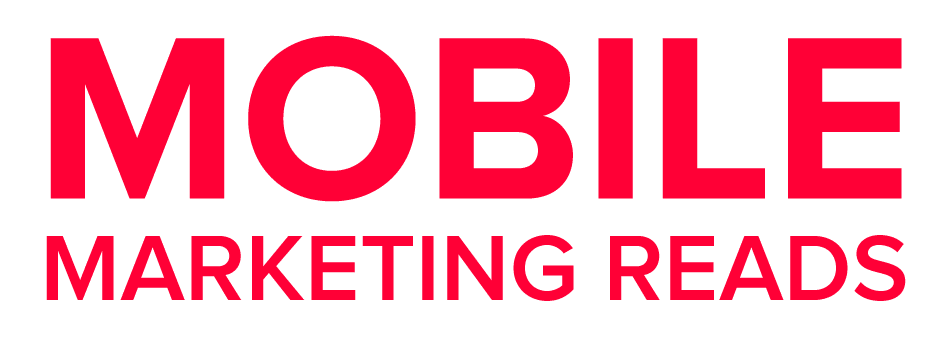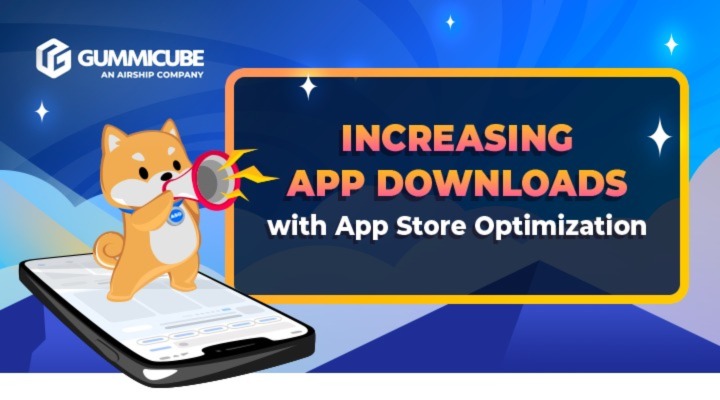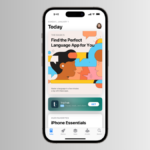Within a highly competitive mobile app market, having a well-designed and feature-rich application is only part of the journey. The key to success lies in continuously promoting your app to reach a wider, relevant audience to maximize high-quality downloads.
App Store Optimization (ASO) can significantly enhance your app’s visibility by attracting organic traffic to your app listing and driving low-cost, high-value downloads. In this article, we’ll explore essential strategies to grow your app downloads through ASO.
App Keywords – Getting Started
Keywords play a crucial role in ASO as they directly influence your app’s discoverability. They are the backbone of establishing relevance between a user’s search query and your app’s core features.
Below are three key steps to get started for identifying and prioritizing which keywords you want to incorporate into your ASO strategy.
1. Identify Relevant App Keywords
Start with researching keywords tied to the core features your app provides. Ideally, these terms will also align with words and phrases your target audience is searching for. Common questions to ask yourself. What does your app help users do? What does it solve? What value does it provide?
2. Conduct App Keyword Research
Next, you can determine additional keywords to use by conducting research on relevant terms and phrases popular among users. Once selected, study your app’s current rank for them and search volume to know which to prioritize.
To conduct effective keyword research and analysis we recommend utilizing comprehensive ASO tools that rely on accurate mobile data. It’s essential you arm yourself with app store-relevant information as opposed to data derived from web tools used for SEO. Search intent is vastly different in the app store versus the web so you’ll find little overlap if you depend on web data.
3. Analyze Competition
Performing a competitive analysis to evaluate your competitor’s keyword strategies and rankings can offer valuable insight into the keywords that are driving their success. This research allows you to understand what strategies work for your market’s top players while also identifying gaps you can capitalize on.
By understanding your competition and comparing your performance to theirs, you can make informed decisions to optimize your app’s keyword selection and maximize its visibility in search results.
App Listing Assets – The Breakdown
After establishing which keywords you want to use, you’ll want to select the most optimal places for them in your app listing. Assets such as your app title, subtitle, descriptions, and keyword bank all benefit from having relevant keywords in each field. However, integrating them seamlessly and avoiding keyword stuffing is just as important. The goal is to strike a balance between incorporating keywords and creating compelling, user-friendly content.
Creative assets also play a significant role in attracting and converting users. App icons help engage users at first glance, while your screenshots and app preview videos can retain their attention, inform, and ideally, drive downloads.
App Metadata Assets
Your app metadata consists of text fields that each serve a purpose in the user’s app discovery journey. We can separate and define each metadata asset as follows:
- App Title – The app title is the first text field of your listing and defines your app with key terms and phrases. As a best practice, your app title should include your brand name and title tags to accompany it. Title tags include the most important keywords of your ASO strategy and should relate to your app’s core features and value proposition.
- App Subtitle – Your app subtitle acts as another field that plays a key role in Apple’s App Store indexation. Like with the app title, you should include hyper-relevant terms you deem essential to your app.
- App Short Description – This Google Play-specific field acts similar to Apple’s subtitle in that it is also indexed for keywords and should include key terms and phrases as well. The key difference is that Google provides developers with more room to include targeted terms, with a character count of 80 versus Apple’s 30.
- App Full Description – While both platforms provide a 4000-character field to curate a compelling app description that informs and converts users, only the Play Store indexes its full description. This means developers will want to carefully balance keyword volume and readability throughout their description copy. However, this doesn’t mean you should disregard keywords completely for your App Store version. Keywords can still help users relate their needs and search queries to your app if they see the specific term mentioned in the description.
- Keyword Bank – Only found on the App Store, the keyword bank provides additional keyword indexing opportunities. You can use this field to include terms relevant to your app that you weren’t able to include in previous metadata fields. However, it should be noted that the keyword bank isn’t visible to users, meaning you don’t have to worry about manually building cohesive phrases with terms, as Apple already does this for you.
Creative Assets – Create Visual Masterpieces That Work
First impressions matter, and your app’s icon, screenshots, and videos are the first visual elements users encounter. Whether it’s an eye-catching and memorable app icon or attention-grabbing videos and screenshots, creative assets play a crucial role in attracting users.
- App Icon – Your app icon is the first visual asset a user lays their eyes on when viewing your app listing. An effective app icon ensures it aligns with a brand’s identity, teases the app’s main functionality, and stands out among search results.
- App Screenshots – App Screenshots serve as an important visual showcase of key features and information. Housed just before the description, users can enjoy a visual representation of what your app has to offer by highlighting unique features that relate to users’ needs.
- App Preview Video – Placed just before your first screenshot, an app preview video serves as a dynamic introduction to your app and the rest of your creative assets. An effective app preview can showcase several app features in just a few seconds, informing the user while keeping them engaged.
App Ratings and Reviews
Positive ratings and reviews contribute significantly to your app’s credibility and user trust. Increased user trust then gives potential users further incentive to learn more about your app and download. On the contrary, an app with low ratings can discourage users from downloading, with up to 80% of users not trusting apps with lower than a 4-star rating.
You can promote positive reviews and ratings by strategically placing prompts within the app or through in-app notifications and encouraging satisfied users to voice their opinions. Respond promptly and courteously to both positive and negative reviews to demonstrate your commitment to user satisfaction and build trust with users in the app stores.
App Store Optimization – Get Started
ASO is an ongoing process, and continuously analyzing and optimizing your app’s performance is crucial. Monitor key metrics such as conversion rate, keyword rankings, and user retention while also identifying trends and areas for improvement to refine your ASO strategy.
Experiment with different app metadata and creative asset combinations to see what resonates best with your target audience. Keep up with the latest ASO trends and updates to adapt your tactics accordingly and stay ahead of the competition.
Want to learn more about App Store Optimization (ASO)? Get in touch with Gummicube today!






